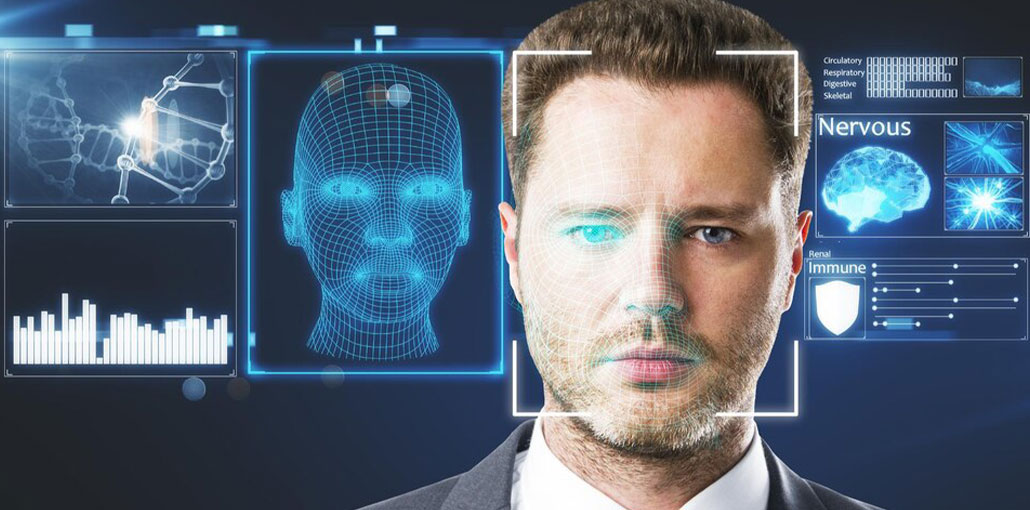In the age of digital deepfakes have emerged as a serious risk to the credibility of content on the internet. These advanced AI-generated videos are able to convincingly imitate real people, which makes it increasingly difficult to distinguish between fact and fiction. As the technology behind deepfakes has improved as are the tools and methods created to detect these deepfakes. In this article, we will review the top five deepfake detection tools and techniques that are available currently.
Top 5 Deepfake Detection Tools
1. Sentinel
Sentinel is an acclaimed AI-based protection system that assists democratically-elected governments, defense organizations, and businesses, combat the threat of deepfakes. Sentinel’s technology is used by the top companies in Europe. The system allows users to upload media via their API or website which is then examined to detect AI forgery. The system decides if the content is fake or not, and then provides an image of the manipulation.
Sentinel’s deepfake detection system is developed to ensure the authenticity of media uploaded digitally. It employs advanced AI algorithms to analyze the uploaded media to identify if it’s been altered. The program provides a comprehensive report on its findings which includes a graphic representation of the parts of the media which are modified. Users can see exactly where and how media has been altered.
Key Features:
- AI-based deepfake detection
- Used by top companies in Europe
- Users can upload digital media to analyze
- Provides a visualization of the manipulation
Also read: Managed Detection and Response (MDR): Overview and Importance
2. Intel’s Real-Time Deepfake Detector
Intel has released the real-time deepfake detection known as FakeCatcher. It can identify fake videos with an accuracy rate of 96 and return outcomes in milliseconds. The detector, created in conjunction together with Umur Ciftci from the State University of New York at Binghamton is based on Intel software and hardware, that runs on a server and communicates with web-based platforms.
FakeCatcher seeks out authentic clues in authentic videos and identifies what makes us human. It’s subtle “blood flow” within the video’s pixels. When our heart pumps blood, the veins change hue. The signals that are generated by blood flow are gathered from all over the face and algorithms convert them into maps of spatiotemporal space. After that, with deep learning, it is able to immediately determine if a video is genuine or fake.
Key Features:
- Created in cooperation with the State University of New York in Binghamton
- Can identify fake videos with an accuracy of 96%.
- The results are reported in milliseconds.
- Utilizes subtle “blood flowing” in the video’s pixels to identify deepfakes
3. WeVerify
WeVerify is a project that aims at establishing intelligent human-in-the-loop content verification and disinformation analysis techniques and tools. The project focuses on understanding and contextualizing social media content within the larger web content in order to identify fake content. This is done by cross-modal verification of content, micro-targeted social media analysis, debunking, and a blockchain-based public database of fakes that are known to be authentic.
Key Features:
- Creates intelligent human-in-the-loop verification of content and analysis of disinformation techniques, and tools.
- Examines and analyzes the context of social media as well as web-based content
- Disseminates fake content using cross-modal verification of content, social media analysis, and micro-targeted debunking
- Makes use of a blockchain-based public database of fakes
4. Microsoft’s Video Authenticator Tool
Microsoft’s Video Authenticator Tool is a powerful tool that is able to analyze an image or video to determine a trust score that tells you if the image has been altered. It can detect the boundaries of the fake as well as subtle grayscale components which are not visible to the naked eye. It also calculates this score of confidence in real time, which allows the immediate detection of deepfakes.
The Video Authenticator Tool uses advanced AI algorithms to study the content and spot indications of manipulation. It’s looking for subtle shifts in grayscale portions of the video. This is usually a sign of a deepfake. The software provides a real-time confidence score, which allows users to determine quickly whether the media is authentic or not.
Key Features:
- Analyzes videos or still images
- Gives you a real-time confidence score
- Finds subtle grayscale changes
- This allows immediate detection of fake deepfakes.
Also read: Best 5 Fraud Detection Tools for Ecommerce
5. Deepfake Detection Using Phoneme-Viseme Mismatches
This new technique, created by researchers at Stanford University and the University of California, explore the fact of viseme that represent the dynamic of the mouth’s form may be a bit distinct or incompatible to the phoneme spoken. This is a typical problem with deepfakes as the AI is often unable to precisely match the motion of the mouth to the words spoken.
The technique of Phoneme-Viseme Mismatch uses sophisticated AI algorithms to study the video and identify contradictions. It compares the movements that the lips make (visemes) and the spoken language (phonemes) and examines for any differences. If a mismatch is found this is a strong sign it’s fake.
Key Features:
- It was created by researchers from Stanford University and the University of California
- Explores the contradictions between phones and syllables in deepfakes.
- Make use of advanced AI algorithms to identify any mismatches
- It is a clear signal of deepfake when there is a mismatch detected
Future of Deepfake Detection Tools
As we move through the digital world in the 21st century the threat of deepfakes can be seen in the distance. Ai -generated videos, which accurately impersonate real people represent a serious risk to the authenticity of content on the internet. They are able to affect everything from personal relationships to political campaigns, which makes the need for reliable deepfake detection techniques and tools more crucial than ever before.
The five deepfake detection tools and techniques we’ve discussed in this blog are the latest developments in this field. They make use of sophisticated AI algorithms to analyze and recognize fakes with astonishing precision. Each technique and tool provides a distinct approach to deepfake detection. From analyzing the subtle grayscale components of a film to tracing the facial movements and expressions of people.
Sentinel, for instance, makes use of AI to analyse digital media and identify the extent to which it has been altered and provide a visual representation of the alteration. Microsoft’s Video Authenticator Tool, on the other hand, offers an instantaneous confidence score that reveals if an image or video has been altered. These tools, in conjunction with other tools we’ve mentioned, are a major part of the battle against fakes and are helping to verify the authenticity of the content on the internet.
But since the technologies behind these fakes continue to develop, so do our methods for detecting them. The advancement of technology for deepfakes is an ever-changing target which means that our methods and tools must adapt to keep up. This will require continuous research and development and collaboration between tech firms as well as policymakers.
Additionally, it’s crucial to realize that technology alone won’t solve the issue of fakes. Awareness and education are important. All of us must become aware of the content we consume online by examining the source of information and observing for evidence of manipulation. If we are aware of the most recent advancements in deepfake technology as well as detection, we can contribute to tackling this menace.










Leave a comment